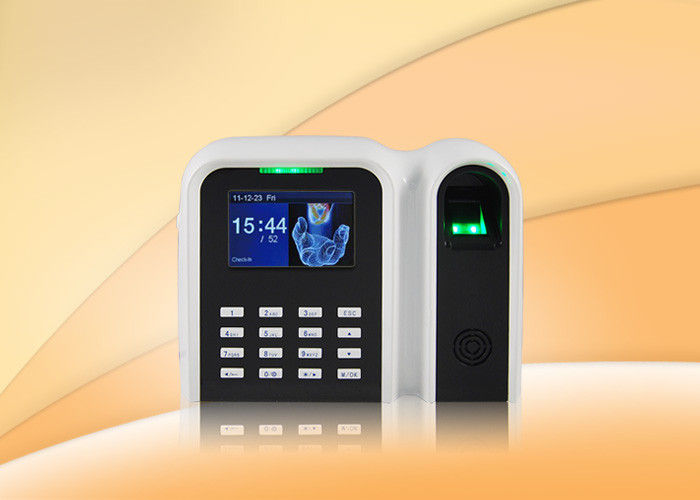

Biometrics can limit access for disabled employees If you introduce a biometric time clock now, you will need to consider a new range of accessibility issues as well as taking on additional data admin work with the possibility of further changes in the future. The potential pitfalls of a biometric time clockīiometrics is still an evolving technology, and it may still produce practical and legal hurdles for businesses to handle. That, in turn, gives your managers the tools to ensure that payroll is correct, reducing the risk of wage and hour lawsuits. Being able to prove beyond doubt that they were on-site at specific times means that claims for unpaid overtime are much easier to prove.
#Biometric fingerprint time clock reviews software#
The shift change process can also be sped up, as employees can clock in and out more quickly without typing in codes or fumbling in wallets for cards, reducing time-wasting bottlenecks.Ĭonnecting biometric time clock systems to time and attendance software has advantages for employees, too. Employees don’t need to remember passcodes or keep track of a physical key card, which means your company doesn’t need to spend time and resources providing and managing those measures. Biometrics streamlines shift changesīiometric time clocks can also increase efficiency in several areas. It isn’t foolproof-employees can still hold the door open and allow others access-but the chances of anyone using a lost or stolen keycode or card to enter your workplace is gone. You can be sure that the person gaining access to your premises under a biometric system is who they say they are. This also means an increase in security and safety. The only way to clock in for an absent colleague using this system would be to have their eyeballs or fingers, and there aren’t many work buddies willing to go that far to shave a few hours of their working day! Biometrics improves on-site security Whether using fingerprints, palm prints, or retinal scans, biometrics requires the relevant person to be physically present.

This makes the common fraudulent practice of “ buddy punching,” in which shift workers clock in and out for each other, all but impossible. The biggest advantage from a company perspective is that biometric time clocks only work for the employee in question.

The benefits of a biometric time clockīiometrics offers considerable advantages over analog time clock systems such as punch cards or keycards, and it can improve accuracy, efficiency, and security across your locations. Even retinal scanners, with their lingering science-fiction reputation, are being used by more than 10% of companies.īiometrics is a rapidly evolving technology, and if you are considering investing in a biometric time clock system for your business, there are some pros and cons to weigh before making a decision. In a 2019 study, more than a quarter of small North American businesses were using thumbprint scanners as a way of confirming identity, a number that leaps to over 40% for companies with more than 1,000 employees. This scenario used to be limited to high-security government installations and blockbuster spy movies, but the use of biometrics such as fingerprints and retinal scans to access everyday workplaces is fast becoming the norm. Infra-red light maps the unique patterns of your retina and, in the literal blink of an eye, your presence is verified, logged, and the door unlocks. XYou arrive for work, walk up to the door and look into the scanner.


 0 kommentar(er)
0 kommentar(er)
